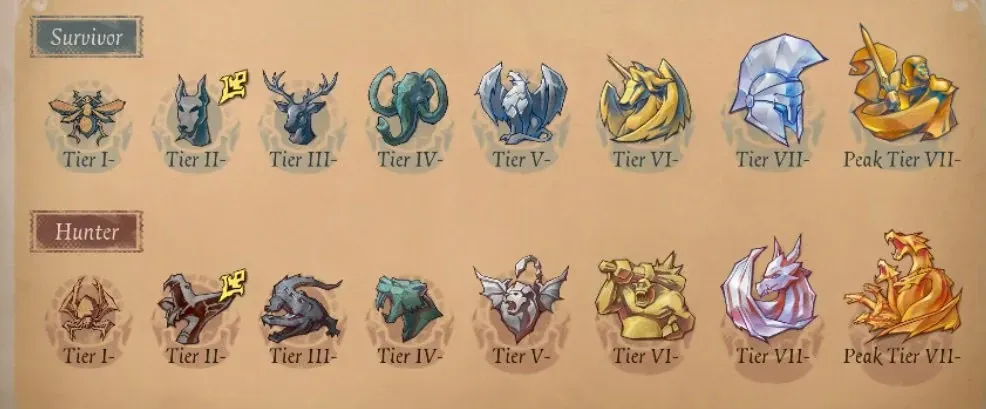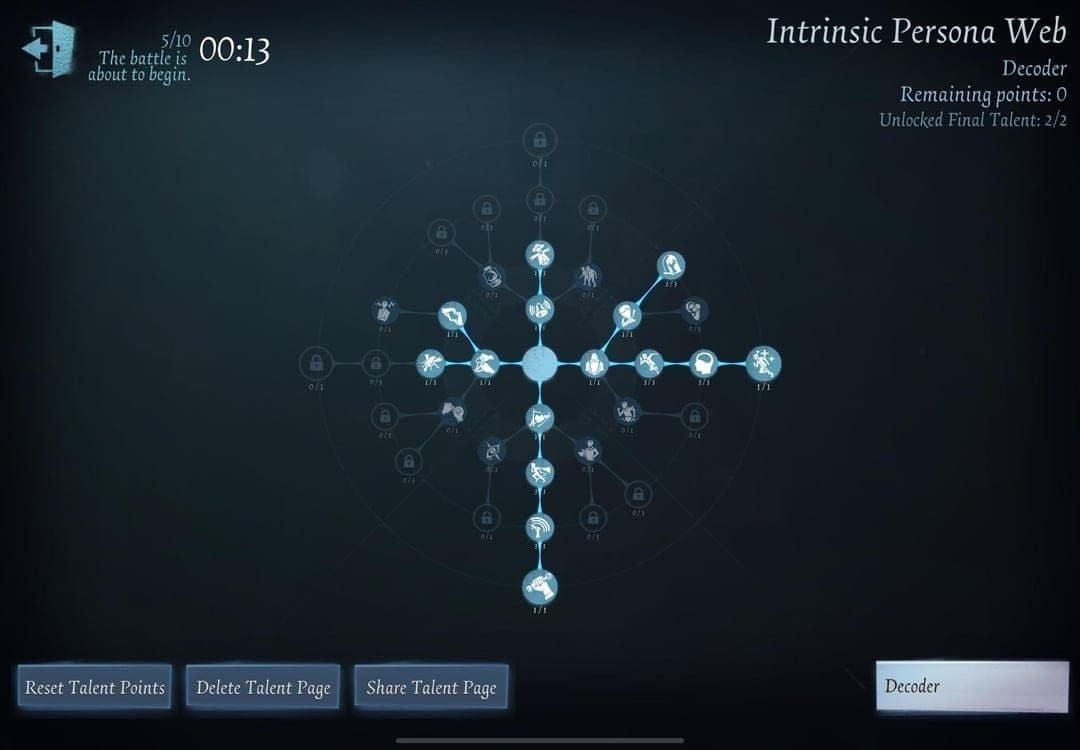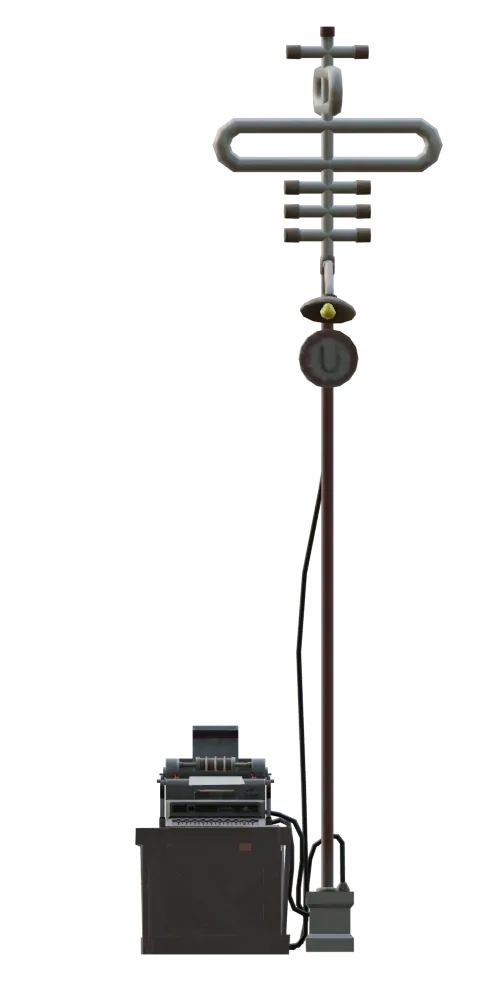Master Identity V's competitive ranking system with proven strategies for climbing from Worker Bee to Mammoth tier. This comprehensive guide covers meta character picks, advanced techniques, team coordination, and seasonal adaptations to maximize your win rate in ranked matches.
Look, I've been covering Identity V's competitive scene for years now, and if there's one thing I've learned, it's that ranking up isn't just about mechanical skill—though that certainly helps. It's about understanding the game's intricate systems and, frankly, not making the same mistakes I see players repeat season after season.
Understanding Identity V's Ranking System in 2025
The Tier Structure That Actually Matters

Here's the deal with Identity V's ranking tiers. Survivors climb from Worker Bee through Hound, Elk, Mammoth to Griffin and Champion. Hunters? They've got their own ladder: Tarantula, Cobra, Crocodile, Saber-toothed Tiger, Manticore, and Dragon.
But here's what most guides won't tell you—the point system is beautifully brutal in its simplicity. You get +9 points when 3+ survivors escape, zero points for draws (exactly 2 escapes), and lose 8 points for losses. Notice something? The game doesn't care if you personally had the chase of your life. Team coordination trumps individual heroics every single time.
Season 39's Game-Changing Mechanics
Season 39 dropped on September 17, 2025, and honestly? The changes caught a lot of players off guard. We're seeing 10-15% faster chair saves paired with 5-10% healing efficiency reductions. Translation: aggressive rescue strategies are in, passive healing builds are out.
This shift fundamentally altered the meta toward utility survivors who can make plays happen. Character Knowledge Points still carry over partially—which means if you've been grinding, you can access optimized builds faster than fresh accounts.
Quick editor note here: if you're serious about climbing and need access to meta characters without the grind, Identity V Echoes buy cheap through BitTopup offers competitive pricing with instant delivery. I've seen too many players handicap themselves by not having the right tools for the job.
Why Season Rewards Actually Matter
Daily rank treasures scale with your highest tier achieved—not your current one. Season 39's rewards include that exclusive 'Nightmare' Nightstalker costume (sitting at the 600th block for 1,388 Echoes). The EXP cap jumped to 390 with expanded reward tiers, making consistent play more rewarding than ever.
Essential Pre-Ranking Preparation
Building Your Character Arsenal

Master 2-3 characters across different roles. I recommend Doctor for healing sustainability, Coordinator for those clutch stuns, and Explorer for evasion plus cipher acceleration. But here's the kicker—practice 20-30 Quick Matches first to nail manual camera controls and those 16 quick chat slots.
Gray circles on your radar? Those are teammates. Red shows the hunter's position. The Terror Radius audio system provides early warning that can make or break your positioning decisions.
Persona Builds That Actually Win Games

Build '39' with Borrowed Time and Knee Jerk Reflex remains the gold standard for extended chases. Rescuer Build '36' combines Borrowed Time (0.5 heal + 50% final cipher speed) with Tide Turner's 20-second post-rescue invincibility.
Advanced players swear by Build '129', which adds Flywheel Effect for that crucial 0.5-second immunity dash. Adjust for maps though—mobility talents shine on sprawling maps like Lakeside Village, while stealth builds dominate confined spaces like Red Church.
Practice Mode: Your Secret Weapon
Optimize during peak windows (4-6am, 12-2pm, 6-10pm) for better matchmaking quality. Focus on decoding fundamentals: one machine per survivor, that 3-minute acceleration window for 30% speed boost, and priming ciphers at 98-99% for Borrowed Time synchronization.
Master calibration timing. +1% success rates might seem minor, but those -2 second stun penalties add up fast.
Beginner Tier Climbing Strategy (Worker to Hound)
Survivor Fundamentals That Matter
Seer's owl protection and revelation abilities make him incredibly forgiving for new players. Mercenary offers 3-hit tolerance and +30% chair time—perfect for learning rescue timing without immediately throwing matches.
Each cipher requires 81 seconds base completion. Avoid collaborative decoding unless you're coordinating a rush (which, let's be honest, rarely happens in solo queue at lower tiers).
Kiting 101: detect that Terror Radius early, drop pallets when hunters reach adjacent positions, and fake drops to waste their animations. Aim for 60+ second chases—that's enough time for your team to complete 2-4 ciphers.
Simple Hunter Counters That Work
Against Photographer? Deploy Mechanic robots for camera world immunity, use Priestess portals for team protection. Spread positioning prevents those devastating group captures.
Violinist giving you trouble? Perfumer teleports bypass strings entirely, Priestess portals ignore movement restrictions, and Forward stuns disrupt his setup. Coordinate rescues during his cooldowns.
Early Game Positioning Secrets
Large maps favor spread positioning with mobility characters. Small maps demand tight coordination and quick rotations. Always target central ciphers first while maintaining escape routes toward map edges and strong kiting areas.
Intermediate Ranking Techniques (Elk to Saber Tooth)
Advanced Kiting That Separates Good from Great
Chain abilities like Perfumer recall with Flywheel Effect for frame-perfect escapes. Knee Jerk Reflex provides that crucial 30% speed boost post-vault (40-second cooldown, so use it wisely). Create extended chase routes exceeding 90 seconds through superior map knowledge.
Practice body blocking post-rescue and coordinated interference. These techniques can extend team chases indefinitely when executed properly.
Team Coordination Without Voice Chat
Optimize your quick chat game: 'Cipher Machine Primed!' for coordination, 'Stay put, I'm coming!' for rescue timing, 'Focus on Decoding!' for priorities. Assign roles mentally: rescuer (Mercenary/Coordinator), decoder (Mechanic/Prisoner), support (Priestess/Seer), flex player.
Prime multiple machines at 98-99%, then trigger simultaneously. This creates overwhelming endgame pressure that even skilled hunters struggle to counter.
Map Control Principles
Large maps: Priestess portals for coverage, Mercenary delayed injury for positioning, Seer revelation for coordination. Small maps: Coordinator flares for tight stuns, Forward rugby balls in limited space, Perfumer teleports for corner escapes.
Control central cipher clusters and strong kiting zones. Establish portal networks that actively block hunter routes—don't just use them reactively.
Meta Character Analysis for Ranked Play
The S-Tier Survivors for Climbing

Mechanic leads the pack with 200% robot decoding speed and hunter ability immunity. Priestess excels through portal networks that literally reshape maps. Seer provides owl protection and revelation. Antiquarian offers versatile support that adapts to any team composition.
These four characters provide the foundation for intermediate to high-tier climbing through consistent value delivery. Master any two, and you'll climb faster than players juggling five mediocre picks.
Hunter Picks That Actually Work
Hell Ember and Smiley Face offer beginner-friendly gameplay (1-1.5 difficulty ratings). Against Dream Witch: Seer owls reveal followers, Mechanic robots maintain progress under pressure, Priestess portals escape encirclement.
Photographer counters: Mechanic remote decoding, Priestess portal protection, Seer shields during ability commits. Notice a pattern? The meta survivors counter multiple hunters effectively.
Character Synergy That Wins Matches
Meta template: Mechanic (decoding), Priestess (repositioning), Mercenary (rescues), Seer (protection/intel). Alternative composition: Toy Merchant-Barmaid-First Officer-Enchantress for pure evasion gameplay.
For serious competitive advancement, Identity V Echoes top up for ranked through BitTopup ensures access to optimal builds with secure payment processing and instant delivery. Don't handicap yourself with suboptimal character access.
Advanced Strategies for High-Tier Play
Cipher Rush Coordination

Assign specific machines pre-match, coordinate 3-minute acceleration usage, establish priming protocols. Mechanic robots enable remote progress during chases—this single ability can turn losing matches into victories.
Advanced teams coordinate multiple primers simultaneously for overwhelming endgame scenarios. It's beautiful when executed properly.
Rescue Timing Mastery
Stage 1 (0-49%) provides 30-second windows, Stage 2 (50-99%) allows single attempts. Season 39's faster chair progression demands aggressive timing—passive play gets punished hard. Tide Turner provides 20-second immunity post-rescue.
Avoid basement rescues except with 1-3 ciphers remaining. Counter camping through 10-30% progress interrupts—force hunters to choose between chair control and cipher pressure.
Late Game Management
Split gate strategies: divide between exits (18 seconds each) using speed/healing abilities to counter Detention's double damage. Prime ciphers at 98-99% before final completion for instant gate access.
Dungeon escape becomes viable after 2 cipher completions for solo survivors. Sometimes retreat is the best strategy.
Common Ranking Mistakes and Solutions
Solo Queue Pitfalls
Select self-sufficient characters like Seer and Mercenary over team-dependent picks. Balance cipher progress with kiting responsibilities using radar and Terror Radius audio. Limit rescue attempts to 1-2 per match, prioritizing cipher contribution.
I've watched countless players throw winnable matches by attempting hero rescues. Don't be that player.
Character Selection Errors
Progress through skill-appropriate picks: Doctor/Coordinator for basics, Mechanic/Perfumer for intermediates. Avoid healing builds on characters with healing debuffs like Perfumer (15% longer healing, 3x damage recall).
Ensure your team has decoder, rescuer, support, and flex roles rather than redundant functions. Four decoders won't save anyone.
Positioning Mistakes That Cost Matches
Practice pallet timing when hunters reach adjacent positions. Maintain spread positioning except during coordinated rescues. Use hidden healing spots and coordinate timing to avoid Tinnitus detection.
Communication and Team Coordination
Quick Chat Optimization
Master essential signals: 'Cipher Machine Primed!' for endgame timing, 'Stay put, I'm coming!' prevents double rescues, 'Focus on Decoding!' establishes priorities. Develop hunter position callouts and ability usage communication.
Role Assignment Strategies
Establish pre-match roles: primary rescuer handles saves, decoder focuses ciphers, support provides utility, flex adapts to situations. Coordinate ability usage to prevent overlap. Adapt assignments based on elimination order.
Information Sharing Techniques
Share hunter cooldowns and positioning through quick chats. Communicate cipher progress for coordination timing. Coordinate rescue timing through chair stage and hunter ability status awareness.
Reaching and Maintaining Mammoth Tier
High-Level Gameplay Requirements
Master frame-perfect ability timing, complex map routing, sophisticated team coordination. Specialize in 2-3 characters with deep build understanding and situational adaptations. Maintain 60+ second kite averages while contributing to team success.
This is where the game truly begins, honestly.
Consistency Maintenance
Track performance metrics across 50-100 matches: kite duration, rescue success rates, cipher contribution. Analyze replays for positioning errors and timing mistakes. Adapt to Season 39's rescue buffs and healing nerfs.
Seasonal Adaptation
Monitor patch notes for strategic adjustments. Test new strategies in custom modes before ranked implementation. Maintain character pool flexibility for ban phases and meta shifts requiring broad competency.
Performance Tracking and Continuous Improvement
Win Rate Analysis
Monitor win rates per character across 50+ matches for statistical reliability. Track performance across map types, hunter matchups, team compositions. Establish baselines and improvement targets for systematic progress.
Skill Assessment Methods
Evaluate kiting duration, rescue timing, cipher efficiency through replay analysis. Practice specific scenarios in custom modes: rescue timing, extended kiting, cipher coordination, endgame management. Seek feedback from higher-tier players.
Practice Routine Development
Establish consistent schedules balancing ranked climbing with skill development. Focus sessions on specific weaknesses from performance analysis. Maintain motivation through goal setting and progress tracking for long-term competitive success.
FAQ
How long does it take to reach Mammoth tier in Identity V? Realistically? 100-200 ranked matches with consistent improvement, typically 2-3 months of dedicated play focusing on meta characters and systematic skill development. Don't rush it—solid fundamentals beat flashy plays every time.
What are the best survivors for ranking up in Identity V 2025? Mechanic (remote decoding), Priestess (repositioning), Seer (protection), and Antiquarian (support) provide highest climbing potential through versatility and team impact. Master two of these, and you're golden.
How does the Identity V point system work in ranked matches? +9 points for 3+ survivor escapes, 0 points for draws (2 escapes), -8 points for losses. The system emphasizes team coordination over individual performance—which is why solo queue can be brutal.
What persona builds are most effective for ranked climbing? Build '39' with Borrowed Time and Knee Jerk Reflex for extended chases. Rescuer Build '36' combines Borrowed Time with Tide Turner. Advanced Build '129' adds Flywheel Effect for frame-perfect plays.
How can I improve my win rate in Identity V ranked matches? Master 2-3 characters deeply, practice 60+ second kiting, coordinate cipher priming, maintain team communication. Analyze replays and adapt to Season 39's rescue buffs and healing nerfs. Consistency beats flashy plays.
What are the most common mistakes preventing ranking progression? Unsafe rescues during hunter abilities, tunnel vision decoding without map awareness, early pallet drops wasting resources, poor character selection for solo queue. Address these through systematic practice and strategic awareness—trust me, I've seen these mistakes cost countless matches.

